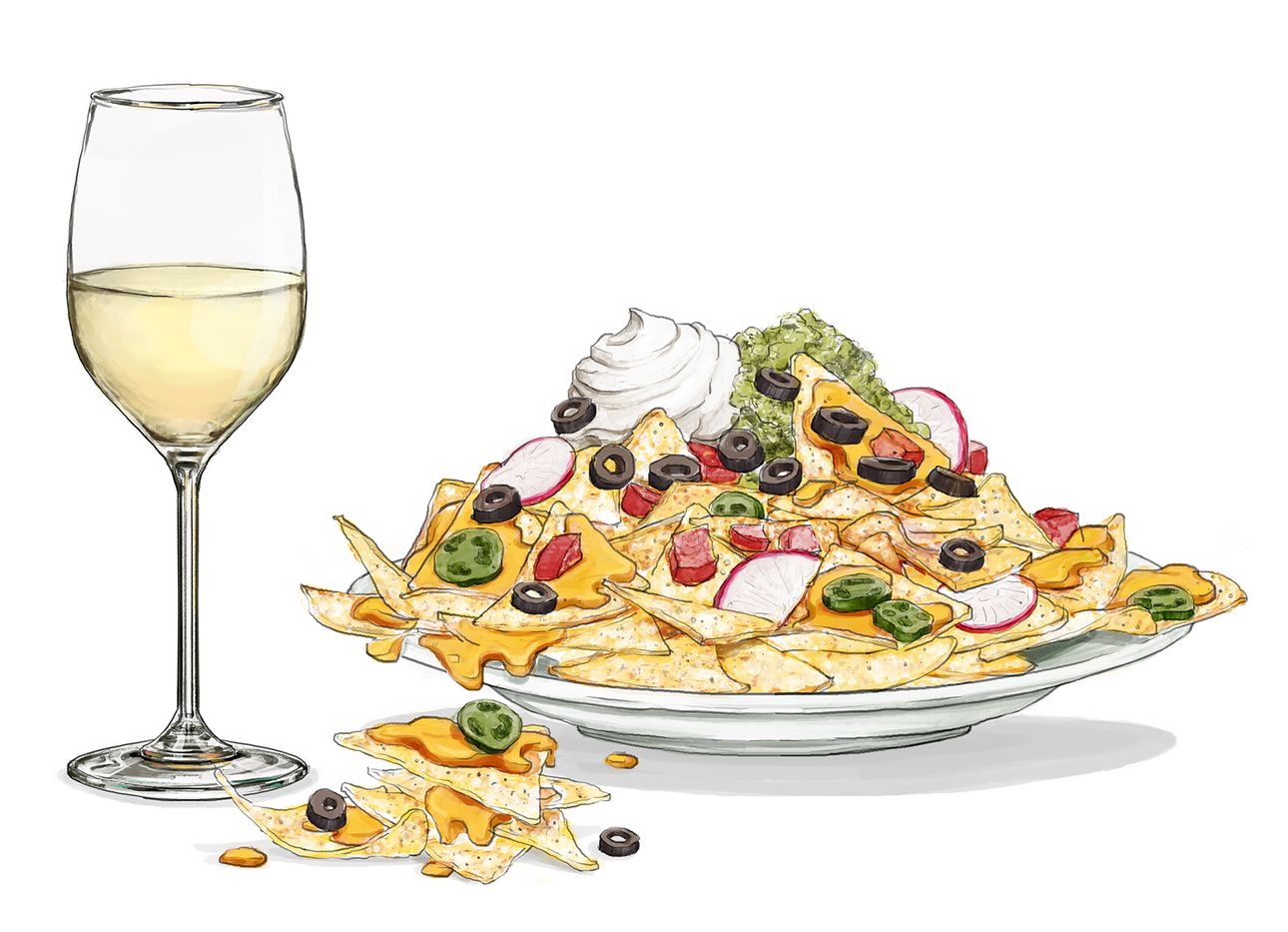
How to Pair Wine With the Food in Your Fridge
Unimpressed by the snobbery that surrounds the wine industry, writer and sommelier Vanessa Price set out to prove that anyone can create palatable pairings using food in their fridge. In a weekly column for the New York magazine food and restaurant blog Grub Street, she has aligned Cheetos with Sancerre, barbecue ribs with Côte-Rôtie, and Superiority Burgers with sauvignon blanc—wittily justifying each match with a mix of science, straightforwardness, and personal anecdotes.
Her new book, Big Macs and Burgundy: Wine Pairings for the Real World (Harry N. Abrams), builds on her quest to demystify what to drink with the fare we’re really eating. We recently spoke with Price to learn more about her unlikely introduction to wine and how it informs her practical pairings.
How did your passion for wine begin?
It was a happy accident. I was at university in Kentucky, looking for a flexible job that I could do around my studies, and came across a winery downtown. People laugh because it was right in the middle of bourbon country, but there was a great culture around wine there—customers would come in and ask questions about different flavors and styles. By the time I graduated, I’d decided to go work in wine. My family were like, “What does that even mean?”
Do you think your beginnings in wine country Kentucky gave you a different take on the industry?
I think it did. Later, during my training at New York’s Wine and Spirit Education Trust, the teacher would describe different wines by saying they were “earthy” or “tasted like a plum”—but to me, it all just tasted of red wine. I realized that we describe wine in ways that take a lot for granted about what people know about it. The baseline of conversation, either unwittingly or arrogantly, is well above what would be a fair place to start. So I decided I wanted to write about wine specifically with this in mind: How do you talk about wine within a context that people can understand, and not [using language like] “tannins,” “acids,” and “a long finish”? Can you contextualize wine with food that everyone knows?
It’s a remarkably sensible approach. Why do you think it resonates with people?
It’s entertaining. Sancerre and Cheetos—that’s hilarious. But it’s also educational. If I say to you, “When you have viscous food, you need a wine that is lean in body and high in acid, with a spirited minerality,” you’re not going to know what I’m talking about. Instead, I could say, “You know that orange-y powder that gets stuck to your fingers when you eat Cheetos? That creates a viscous feeling in your mouth. You need to pair it with a wine that acts like a squeegee on [your tongue], which is usually something with a higher acidity, like a Sancerre.” Put that way, the information sticks.
What are some of the most surprising combinations you’ve come up with?
I love ones that introduce people to wines they wouldn’t not normally know or try—things like putting a [McDonald’s] Filet-O-Fish with an Austrian Blaufränkisch, or a hot-caramel sundae with twenty-year-old tawny [port]. I take wine very seriously, but I want to present it to people in a way that feels less daunting.